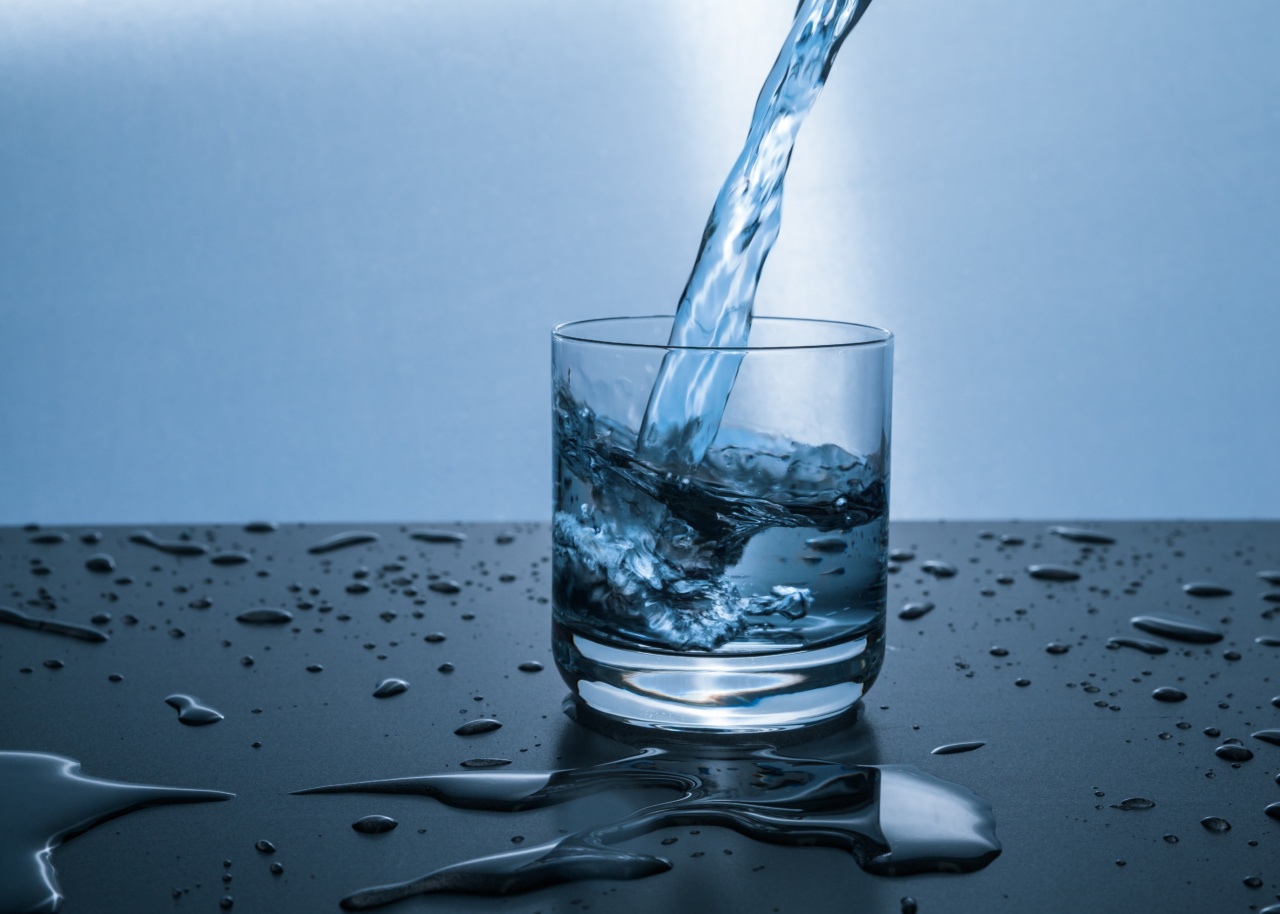Water is an essential component of our daily lives. It keeps us hydrated, aids digestion, regulates body temperature, flushes out toxins, and performs many other vital functions.
But do you know how much water you really need to drink to stay properly hydrated? In this comprehensive guide, we will explore the various factors that determine your optimal water intake and provide you with simple methods to check your hydration levels.
Why is Hydration Important?
Before we delve into determining your water needs, let’s understand why hydration is crucial for our well-being. Water is a major component of our body and plays a pivotal role in maintaining overall health and functioning.
It helps transport nutrients to cells, lubricates joints, cushions vital organs, aids in digestion, and regulates body temperature. Additionally, staying adequately hydrated keeps your skin healthy, boosts cognitive function, supports weight loss, and improves physical performance.
Factors Affecting Water Requirements
The amount of water you need to consume daily depends on several factors:.
1. Body weight
The more you weigh, the more water you will require. As a general rule, you should drink around 0.5 to 1 ounce of water per pound of body weight. For example, an individual weighing 150 pounds should aim for 75 to 150 ounces of water each day.
2. Activity level
If you lead an active lifestyle or engage in intense physical activity, your water requirements will be higher. Sweating depletes your body’s water stores, making it crucial to drink extra fluids to compensate for the loss.
Don’t forget to drink before, during, and after your workouts or outdoor activities.
3. Climate and environment
Living in a hot and humid climate or at high altitudes can increase your water needs. In such conditions, your body tends to sweat more to regulate temperature, resulting in higher fluid loss.
4. Gender
Men generally have higher water requirements compared to women due to differences in body composition and metabolic rate.
On average, men should aim for about 3.7 liters (125 ounces) of water per day, while women should strive for 2.7 liters (91 ounces).
5. Pregnancy and breastfeeding
Pregnant and breastfeeding women need additional fluids to support the growth and development of their baby and maintain an adequate milk supply.
Consult with a healthcare professional to determine the appropriate amount of water intake during these stages.
How to Check Your Hydration Levels
Now that you are aware of the factors that influence your water requirements, it’s time to determine if you are adequately hydrated. Here are a few simple methods to check your hydration levels:.
1. Check your urine color
The color of your urine can provide insights into your hydration status. Pale yellow or straw-colored urine indicates good hydration, while dark yellow urine suggests that you need to drink more water.
2. Monitor your urine frequency
The frequency of urination can be an indicative factor of your hydration levels. If you are urinating every two to four hours and producing a reasonable amount of urine each time, it is a positive sign of proper hydration.
3. Perform the pinch test
The pinch test is a simple way to assess your skin’s elasticity, which can be affected by dehydration. Pinch the skin on the back of your hand and observe how quickly it returns to normal.
If it takes more than a few seconds, it may indicate dehydration.
4. Track your body weight
Weigh yourself before and after exercise or any activities that cause significant sweating. The weight lost during the activity is likely water weight, which needs to be replenished.
How to Stay Properly Hydrated
Now that you know how to determine your hydration levels, let’s explore some tips to help you stay properly hydrated:.
1. Drink water regularly
Make it a habit to sip water throughout the day rather than waiting until you feel thirsty. This helps maintain a consistent hydration level and prevents dehydration.
2. Set a water intake goal
Calculate your daily water requirement based on your body weight and set a target to reach that goal. Use a reusable water bottle with volume markings to track your intake and stay motivated.
3. Consume hydrating foods and beverages
Incorporate foods with high water content into your diet, such as watermelon, cucumbers, celery, and oranges. Additionally, herbal teas, coconut water, and freshly squeezed fruit juices can contribute to your overall hydration.
4. Limit alcohol and caffeine intake
Alcohol and caffeine can have a diuretic effect, which can increase fluid loss through urine. Enjoy these beverages in moderation and offset their effects by drinking extra water.
5. Use hydration apps or reminders
Install hydration apps on your smartphone or set reminders at regular intervals to prompt you to drink water. These tools can assist in maintaining a consistent drinking pattern.
Conclusion
Proper hydration is fundamental for overall health and well-being. Considering factors such as body weight, activity level, climate, and gender can guide you in determining your personal water requirements.
Regularly checking your hydration levels and adopting healthy habits like drinking water regularly, consuming hydrating foods, and limiting alcohol and caffeine intake can help you maintain optimal hydration. Remember, staying hydrated is a simple yet powerful step towards maintaining a healthy lifestyle.































